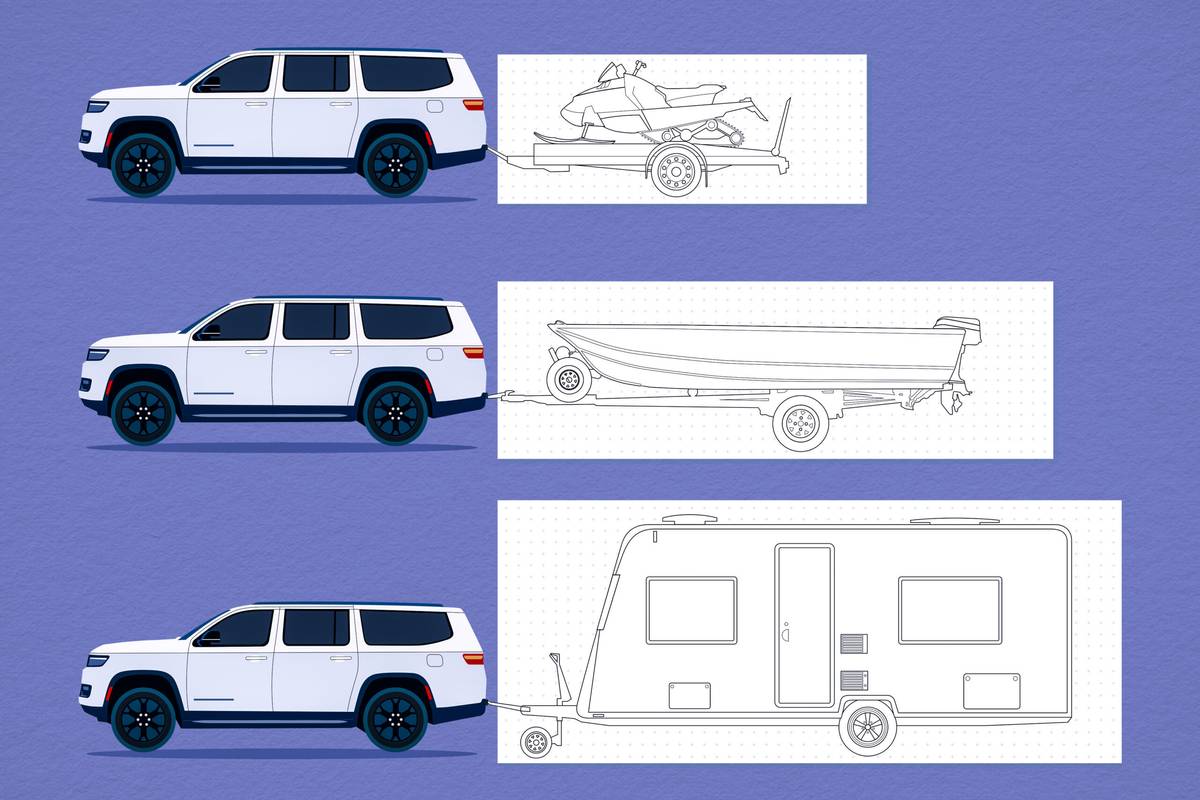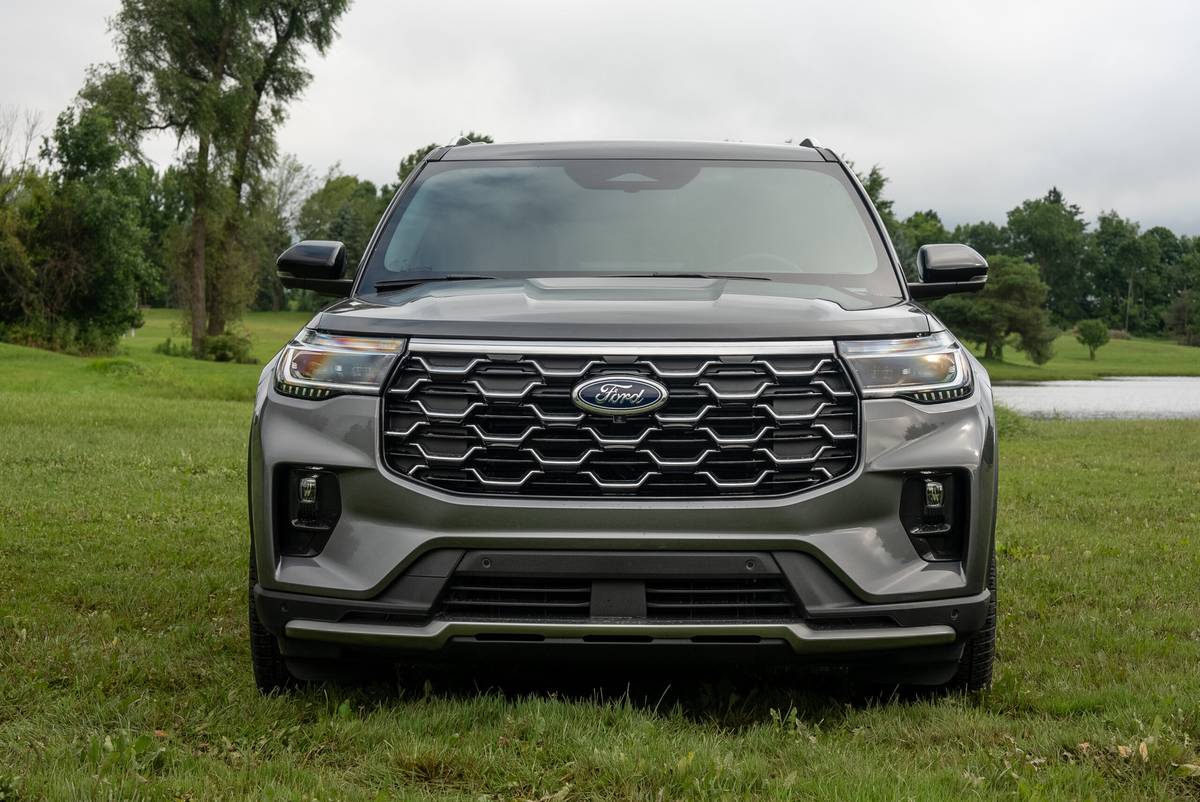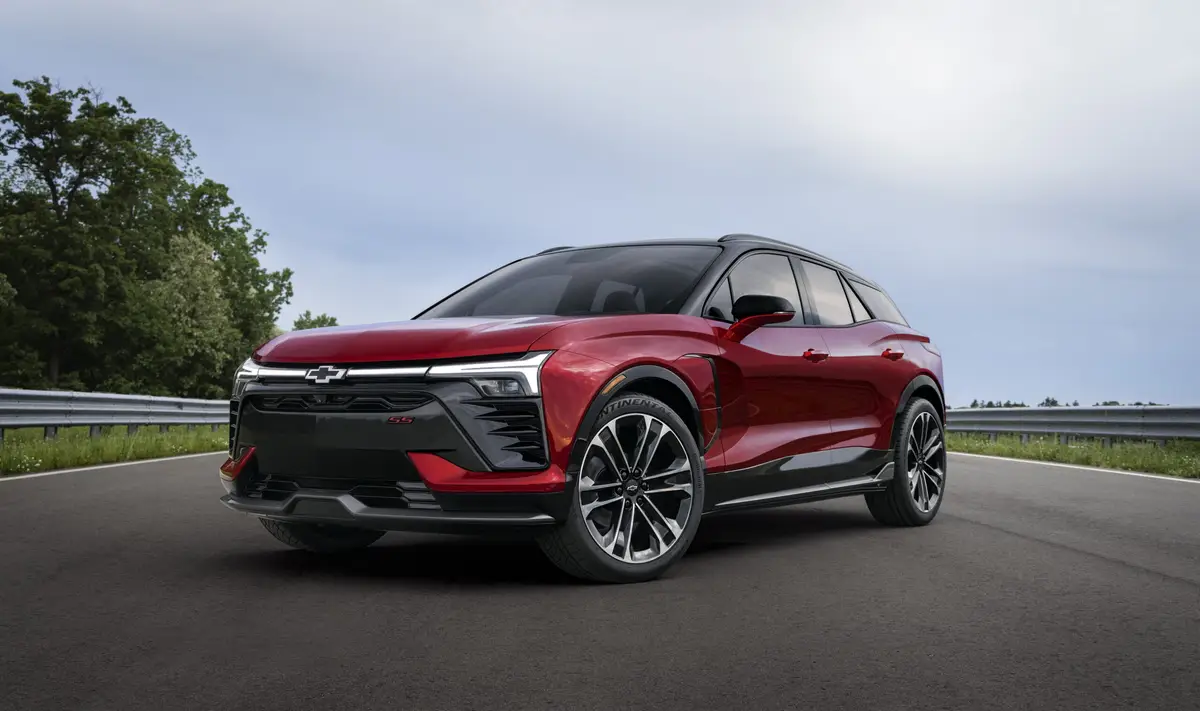2006 Jaguar XKR: What's New
Vehicle Overview
Jaguar’s supercharged rear-wheel-drive XKR and its tamer XK8 companion earned some substantial re-engineering for 2003, which included new 4.2-liter V-8 engines and six-speed-automatic transmissions. For 2005, the XKR got a different front-end look that featured a new mesh grille. Bumper bars were replaced with hidden bumperettes. Four exhaust pipes were visible at the XKR’s rear.
A limited-edition Victory series debuts for the 2006 model year to commemorate Jaguar’s wins in Trans-Am road racing. Victory versions of both regular XK8 and high-performance XKR coupes and convertibles will be on sale. Carbon-fiber veneer replaces the customary burl walnut in the XKR Victory cockpit, which has a Momo gearshift knob. Two-piece BBS Perseus 20-inch wheels have black growler center caps. Brembo brake discs are cross-drilled.
Jaguar’s Computer Active Technology Suspension automatically selects firm or soft damping in response to driving style. Jaguar claims the XKR coupe can accelerate from zero to 60 mph in a brisk 5.2 seconds.
Exterior
Even though the overall projectile-shaped appearance of the XKR didn’t change, the 2003 models displayed new badging and reworked headlights. The XKR sports a fine-mesh grille instead of the XK8’s bar-type design. For 2005, the supercharged XKR got a more dramatic front-end look. Gloss black window finish surrounds are installed.
The XKR has 18-inch tires, a functional louvered hood, a rear spoiler and xenon high-intensity-discharge headlights. Brembo brakes are standard, and an R logo is prominent. Convertibles have a one-touch power soft-top and a glass rear window.
Interior
These coupes and convertibles are theoretically capable of holding four occupants, but they’re really 2+2 models that are suitable for just two passengers. Backseat riders must be small in order to fit comfortably. Even the front occupants must employ a certain level of dexterity when climbing into and out of the low-slung XKR. Passengers enjoy lush leather and abundant wood trim.
XKR coupes and convertibles have a 320-watt Alpine audio system with a six-CD changer. Jaguar’s Alpine DVD-based navigation system is standard. Optional adaptive cruise control uses radar technology to sense vehicles ahead and, if necessary, select a more appropriate speed. In Victory editions, soft-grade leather covers the seats, door insert panels and console lid.
Under the Hood
Jaguar’s supercharged 4.2-liter V-8 produces 390 horsepower at 6,100 rpm and 399 pounds-feet of torque at 3,500 rpm. The six-speed-automatic transmission is produced by the German ZF organization.
Safety
Jaguar’s Adaptive Restraint Technology System includes side-impact airbags with head-protection extensions in the front-seat backrest cushions, and their deployment is based on input from sensors. Traction control and all-disc Brembo antilock brakes are standard. Emergency brake assist and Reverse Park Control are also included.
Driving Impressions
Vigorous supercharged performance is matched by the XKR’s refined nature, which features automatic-transmission shifts that deliver no unpleasant surprises. Even during moderate acceleration, a rich exhaust note adds to the fun.
Narrow two-lane roads are no challenge to the XKR, which stays properly in place without difficulty, but there’s a tendency to slow down ahead of curves. It’s often an illusion, and the XKR behaves with greater expertise than expected. Despite surefooted handling, the ride is surprisingly easygoing over undulating and imperfect pavement.
Featured stories



